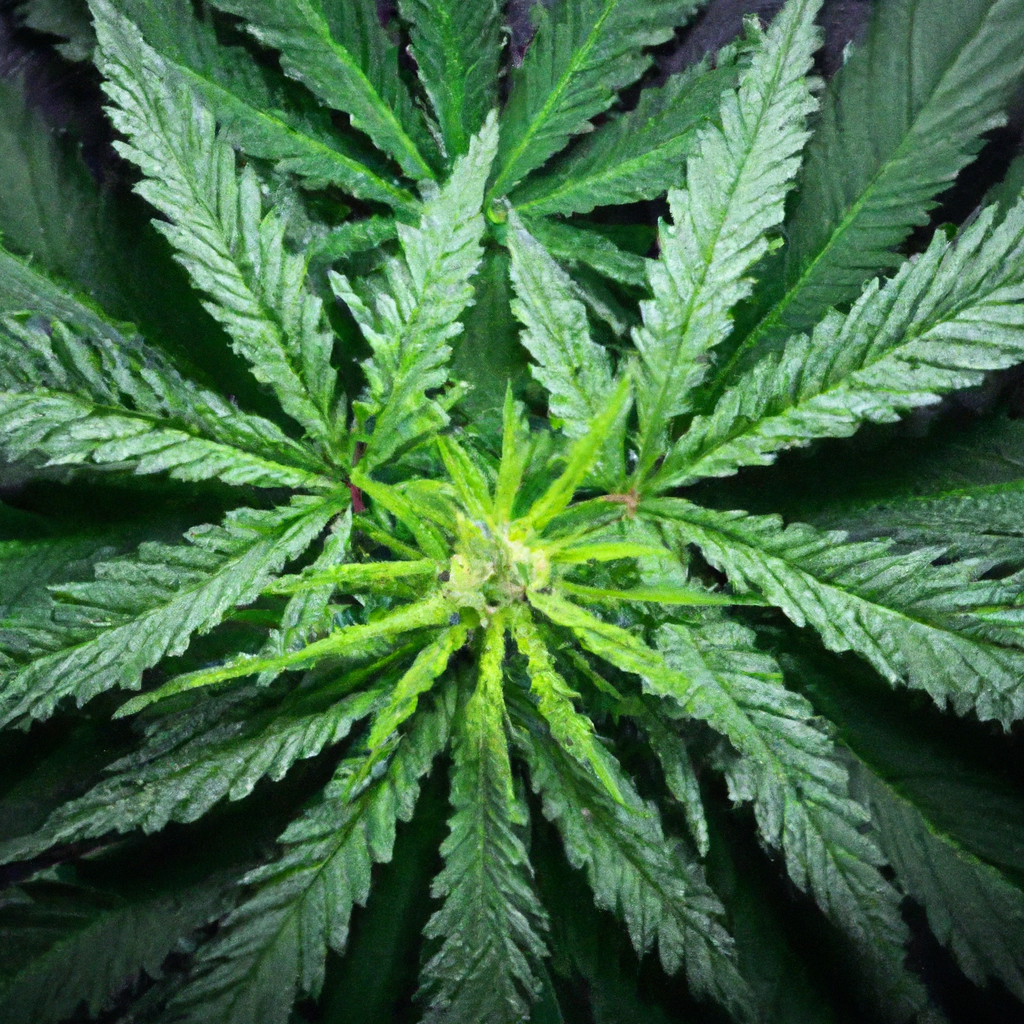By John “Magic” Greenleaf
Growing greatness, one strain at a time.
Introduction
Amid the burgeoning world of cannabis cultivation, energy efficiency has emerged as a pivotal factor—to not only sustain operations but also optimize medicinal plant cultivation. Join me, John “Magic” Greenleaf, as we explore how cutting-edge energy solutions can enhance your medicinal cannabis efforts.
The Importance of Energy Efficiency
Cannabis cultivation inherently requires significant energy, especially in indoor setups. By adopting energy-efficient techniques, cultivators can cut costs and improve sustainability, aligning with our goal of responsible growth practices.
- Cost-Effectiveness: Reduces overhead, increasing profit margins.
- Sustainability: Decreases the carbon footprint of cultivation, fostering eco-friendly practices.
- Quality Enhancement: Proper environmental control through energy-efficient systems maintains optimal growth conditions, enhancing the phytochemical profile.
Strategies for Energy Efficiency
1. Advanced Lighting Systems
Switching to high-efficiency LED lighting systems, like the Gavita Pro I use, cuts energy consumption by up to 25% while providing a full spectrum for plant health. LED lights also produce less heat, minimizing the need for extensive cooling systems.
2. Environmental Control Systems
Automated environmental control systems ensure consistency in temperature and humidity, preventing conditions that could hinder plant development. These systems adapt to external factors, reducing wastage.
3. Efficient Water Management
Implementing drip irrigation systems has allowed me to conserve up to 40% more water compared to traditional watering methods. This not only supports sustainable practices but also improves resource utilization.
Real-World Impact on Medicinal Cannabis
The intersection of energy efficiency and medicinal cannabis cultivation is about more than cost savings. It’s about maximizing the medicinal potential inherent in every plant. With high terpene content, ranging from 3-5%, and therapeutic cannabinoids consistently produced through controlled conditions, every gram becomes more effective for the patient.
Conclusion
Adopting energy-efficient strategies isn’t just a trend—it’s a necessity. By integrating these practices, we not only cultivate cannabis but also nurture responsibility. Every choice you make affects the potency, sustainability, and future of our beloved plant. Remember, as I always say, “Healthy roots, healthy buds, happy harvests.”


Leave a Reply